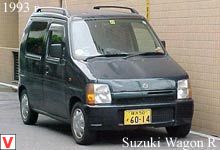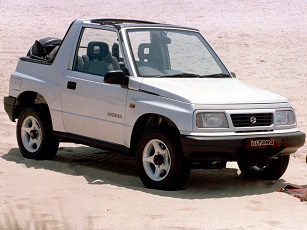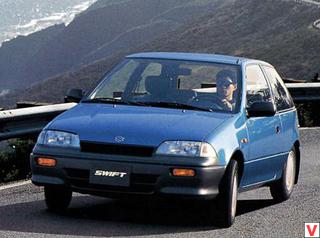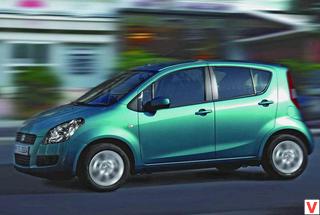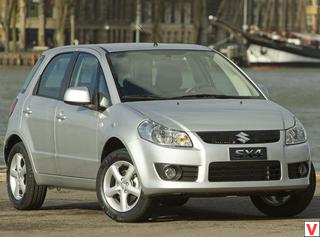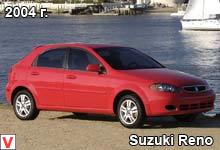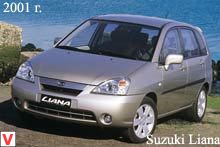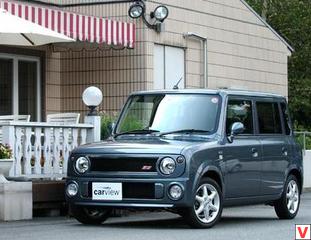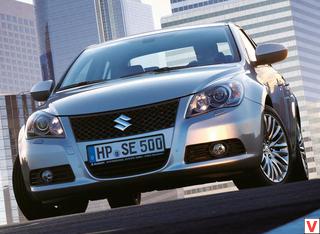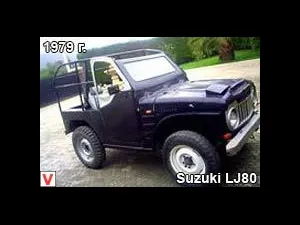
Suzuki LJ (Light Jeep) is a series of small SUVs that were produced between 1965 and 1981. Initially, the first version of the LJ series car was developed by the Japanese company Hope Motor Company in 1965 and went on sale under the name HopeStar ON360. It was equipped with a 360-cc engine from the company Mitsubishi, whose power was 21 hp.
The car did not have doors. A very reliable all-wheel drive system ensured high cross-country ability of the SUV. Hope was not able to achieve the required sales, and as a result, it had to sell the project to Suzuki in 1968.
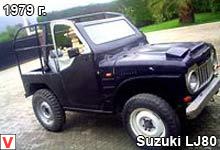
The first model from the Suzuki company was called the Suzuki LJ10 and was introduced in 1970 as the first all-wheel drive keicar (small city car). Previously installed on the ON360 engine from the company Mitsubishi was replaced by a 25-horsepower twin-cylinder Suzuki. In order that the total length of the car does not exceed three meters, the reserve was placed inside. LJ10 weighed only 590 kg, and the maximum speed was 72 km / h. In 1972, the car was updated and received the name LJ20. External changes include a new grille, as well as the appearance of a version with a hard top.
The engine received a liquid cooling system, and its power was increased to 35 hp, as a result of which the maximum speed increased - 76 km / h. Appeared and "left-handed" models intended for export. In the US, the Suzuki LJ20 was delivered under the brand name IEC (International Equipment Co.). In 1974, another LJ series model was released under the name LJ50. Under the hood of this version was already a three-cylinder engine of 0.5 liters, whose power was 33 hp. The maximum curb weight of the car was 635 kg, and the maximum speed increased to 97 km / h.
The spare wheel was now mounted on the rear door, freeing up space for a fourth seat. The latest model from the LJ series called the Suzuki LJ80 was released in 1977. The new version received a new four-cylinder power unit SOHC with a volume of 0.8 liters and a capacity of 41 hp. The mass of the car increased to 770 kg. This increase in power combined with a reliable transmission has made it possible to make cross-country traffic even more comfortable. The width of the car was increased by 10 cm. Metal doors were first available for this car in 1979.
